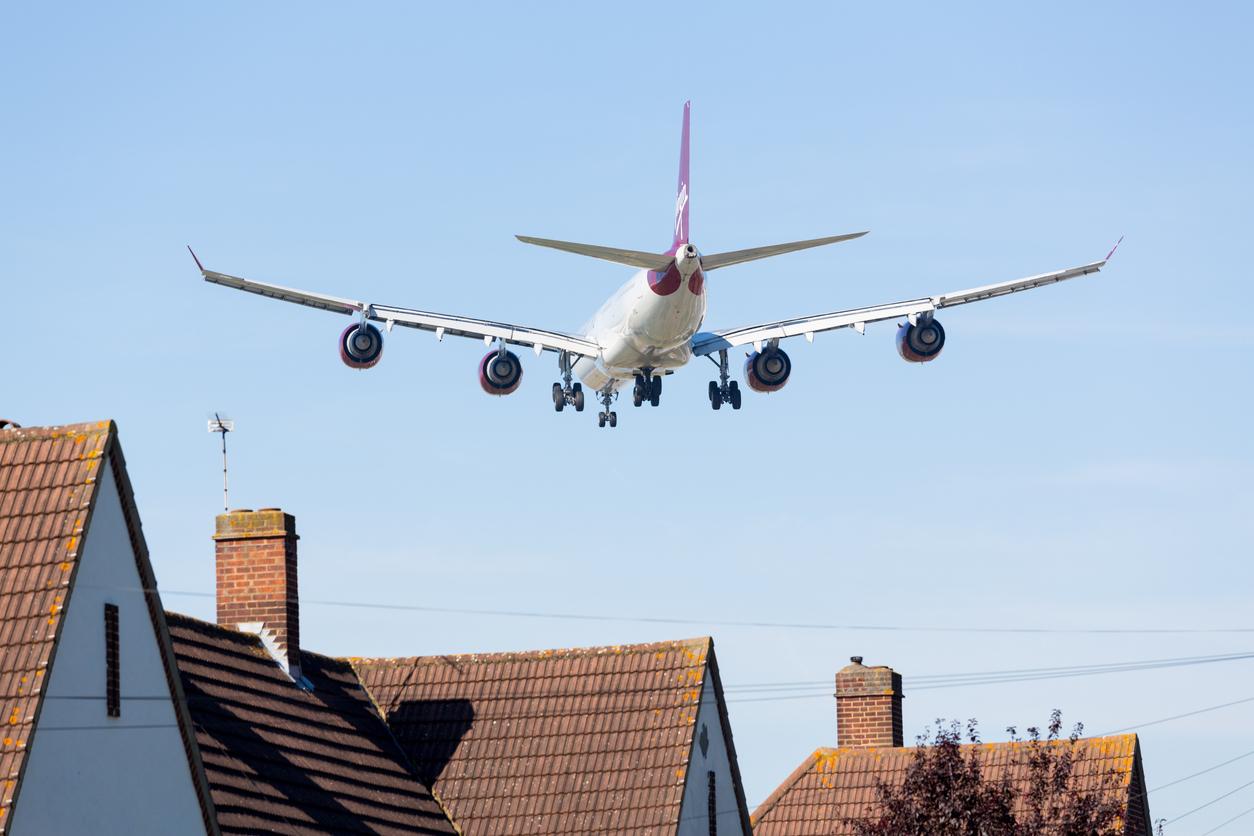Why is noise considered to be a pollutant?
While it does not arouse the same concerns as other environmental risks, noise is the cause of many health problems. We think first of all of hearing problems, of course, campaigns that have warned young people in particular against music music players, listened to for too long and at too high a volume. Deafness caused by noise intense is transient (feeling of having the ears plugged at the end of a rock concert). But prolonged activity in a noisy environment creates a risk of irreversible deafness. Indeed, the inner ear has only 15,000 sensory cells, the hair cells, which do not have the possibility of renewing themselves, while overexposure to noise ends up destroying them.
Another concern shared by residents of poorly soundproofed housing or victims of noisy neighbors: sleep, which obviously impact on the form, on morale (fatigue, irritability, depression), as well as on the performance of our immune system.
But if noise can be qualified as a pollutant, it is above all because it acts as a stress on our body. Norepinephrine, a neurotransmitter, then sends a signal that tightens muscles, speeds up the heart, narrows blood vessels and raises blood pressure. Hence its demonstrated involvement in cardiovascular disease … and back pain. Like all stress, noise also speeds up breathing and causes gastrointestinal disturbances, especially when it interferes with meals. The louder we talk at the table, the faster we eat and the more we digest poorly. The consequences are particularly noticeable on children, once again: the noise level in canteens is accused of causing sleep disturbances, fatigue, aggressiveness, reduced vigilance and memorization difficulties. But the school is not alone in question: transport, television, video games, music in all public places, etc., the increase in noise is general in our environment. And its profound impact: it would even influence fertility and vision (narrowing of the visual field, reduction in the speed of color perception, impairment of night vision). It is therefore right that the sound environment constitutes one of the most important parameters in the choice of our residence. It should be noted that, in the complaints lodged, the barking of dogs comes in first place (around 100 dB) and represents 23% of the disturbances of the neighborhood, in front of the musical instruments, the discotheques (of which the hammering of the low frequencies can be heard 5 km), then DIY and gardening work.
What recourse to protect yourself from it?
Planting a 10 m barrier of trees and shrubs around your garden absorbs 1 dB (a noise barrier at least 15 dB).
Reinforcing the glazing and window joinery to insulate your home is the first step to take. Caulking joints can also be installed to make the openings more watertight.
Equip yourself with soft insulation, made of fibers, which are both thermal and acoustic. Because there are also acoustic insulators for the walls but which are not necessarily thermal insulators.
Wear earplugs which, when properly put on, are as effective as noise-canceling headphones (both lower the volume by an average of 25dB). But you have to take your time to position them, roll them first between your fingers in order to compress them as much as possible and then adjust them properly in the ear canal. An ear thus protected is not tired after 8 hours of noise exposure.
Television, another form of pollution!
It’s not just programs that can be fatal to the TV! And its permanent noise is not the only nuisance. According to calculations by Cambridge academics, published in June 2011, beyond 2.5 hours a day, mortality increases by 5.4% for every additional 25 minutes spent in front of the small screen. Normal, sedentary lifestyle represents the greatest risk for all serious illnesses. So, let’s try to turn it off every once in a while to go for a walk.
















